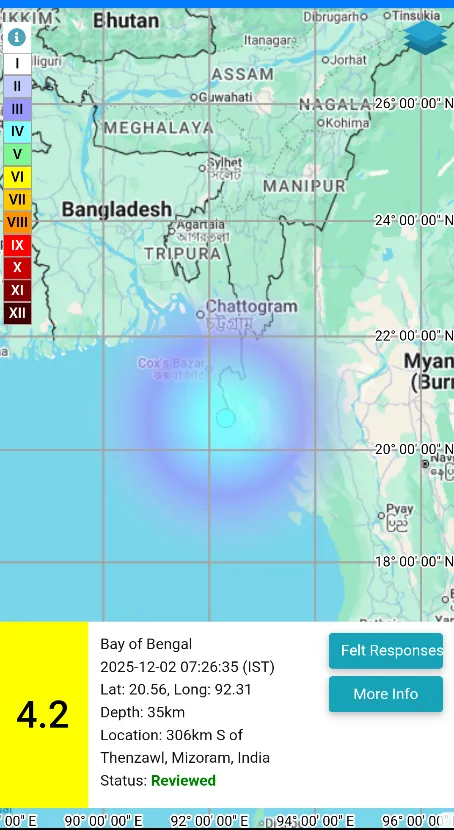

Mahavir Jayanti holds a place of deep reverence and significance for the Jain community worldwide. This auspicious occasion marks the birth anniversary of Lord Mahavira, recognized in Jain tradition as the 24th and final Tirthankara – a revered spiritual teacher or 'ford-maker' who guides souls across the ocean of existence – of the current cosmic time cycle. Far more than just a historical commemoration, Mahavir Jayanti serves as a vital annual event for Jains to reflect upon, celebrate, and energetically reaffirm their dedication to the profound path of peace, non-violence (Ahimsa), and rigorous self-discipline that Mahavira illuminated and preached. Understanding this festival involves exploring the extraordinary life of Mahavira, the core spiritual tenets he championed, and the enduring legacy of the community guided by his teachings.
The roots of Mahavir Jayanti trace back to the birth of Vardhamana, the name given to Lord Mahavira in his childhood. According to the Svetambara tradition of Jainism, his birth occurred on the 13th day of the waxing moon in the Hindu month of Chaitra. This typically aligns with late March or early April in the Gregorian calendar. While scholarly consensus on the exact year varies (often cited around 599 BCE, though alternative dates exist), traditional accounts place his birthplace in Kundagrama, near Vaishali in what is now Bihar, India.
Vardhamana was born into royalty as a prince of the Kshatriya (warrior) caste. His father was King Siddhartha, and his mother was Queen Trishala. Jain scriptures vividly describe a series of fourteen (or sixteen, in some traditions) auspicious dreams experienced by Queen Trishala prior to Vardhamana's birth. These dreams, interpreted by learned sages, were seen as divine omens foretelling the arrival of a soul destined for greatness – either as a universal emperor or, more significantly, as a Tirthankara who would guide countless beings towards spiritual liberation. Mahavir Jayanti celebrates this pivotal moment: the incarnation of a being who would conquer inner demons and light the way to enlightenment.
Despite being born into a life of comfort and privilege, Prince Vardhamana exhibited a deeply contemplative and compassionate nature from an early age. He was reportedly undisturbed by worldly pleasures and drawn towards spiritual inquiry. At the age of thirty, driven by a profound desire to understand the nature of existence and find liberation (moksha) from the endless cycle of birth, death, and rebirth (samsara), he made a monumental decision. Vardhamana renounced his royal status, his family ties, and all worldly possessions and attachments to embrace the life of an ascetic monk.
He then embarked on an arduous spiritual quest that spanned twelve and a half years. This period was characterized by intense self-discipline, including practicing severe austerities (tapas), engaging in deep meditation, and maintaining rigorous self-control over his senses and mind. Central to his practice was the meticulous observance of Ahimsa (non-violence) in its most profound sense – avoiding harm to any living being, however small, through thought, word, or action. He endured immense physical hardships, including extreme weather, lack of food, and potential harm from creatures and humans, with remarkable equanimity. Finally, tradition holds that at the age of 42, while deep in meditation under a Sal tree on the banks of the River Rijupalika, Vardhamana attained Kevala Jnana – the state of supreme, absolute knowledge or omniscience, becoming free from all karmic bondage.
Upon achieving enlightenment, Vardhamana became known as Mahavira, meaning "Great Hero," a title reflecting his extraordinary victory over internal defilements like attachment and aversion. He also became known as a Jina, or "Conqueror," from which the term Jainism derives. For the subsequent thirty years until his final liberation (Nirvana or Moksha) around 527 BCE (traditional date), Mahavira traveled extensively throughout the Indian subcontinent, compassionately teaching the universal truths he had realized.
It's important to note that Mahavira did not see himself as founding a new religion. Instead, he presented himself as revitalizing and codifying the eternal dharma (natural law or way of truth) that had been taught by the 23 Tirthankaras who preceded him in the current time cycle, including the notable figure Parshvanatha. His teachings centered on achieving liberation through the cultivation of the 'Triple Gems' (Triratna) of Jainism:
Integral to Right Conduct are the five great vows (Mahavratas), which form the ethical bedrock for Jain monks and nuns, and guide lay followers (as Anuvratas, or lesser vows):
Mahavir Jayanti, therefore, serves as an annual opportunity for the Jain community to deeply reflect on and recommit to these profound ethical and spiritual guidelines.
The observance of Mahavir Jayanti is marked by devotion, piety, and community spirit. While practices may vary slightly between regions and sects, common activities include:
Lord Mahavira's clear articulation of Jain principles and his establishment of a well-organized four-fold order (monks, nuns, laymen, laywomen) provided renewed strength and structure to the ancient Jain tradition. From its origins in eastern India, Jainism spread significantly, finding strong footholds in western regions like Gujarat and Rajasthan, and southern areas like Karnataka. This geographical expansion was often facilitated by Jain merchants and traders. Their adherence to ethical business practices rooted in Satya and Asteya fostered economic success and community respect. The principle of Ahimsa also influenced occupational choices, steering many towards commerce, banking, and scholarship rather than agriculture, which inherently involves potential harm to life forms.
Over centuries, despite being a numerical minority, the Jain community has made disproportionately large contributions to Indian society in fields like trade, finance, art (especially intricate temple architecture and manuscript illumination), philosophy, logic, mathematics, and literature across various languages. Historical developments also saw the emergence of the two major sects, the Digambara and Svetambara, differing primarily on practices like monastic nudity and certain scriptural interpretations, but united in their reverence for Mahavira and the core tenets.
Mahavir Jayanti transcends the simple marking of a birth date; it is a dynamic celebration of Lord Mahavira's life, his attainment of enlightenment, and the timeless ethical framework he championed. It serves as an essential annual occasion for Jains globally to honor their 24th Tirthankara and rededicate themselves to the path of liberation he illuminated – a path defined by non-violence, truthfulness, non-stealing, self-control, and non-attachment. Guided by these principles, the Jain community has maintained a distinct and respected identity within India's diverse cultural landscape. In a world often marked by conflict, consumerism, and ethical ambiguity, the core message of Mahavir Jayanti – promoting peace, compassion, minimal possession, and inner discipline – continues to offer profound and relevant wisdom for all humanity.